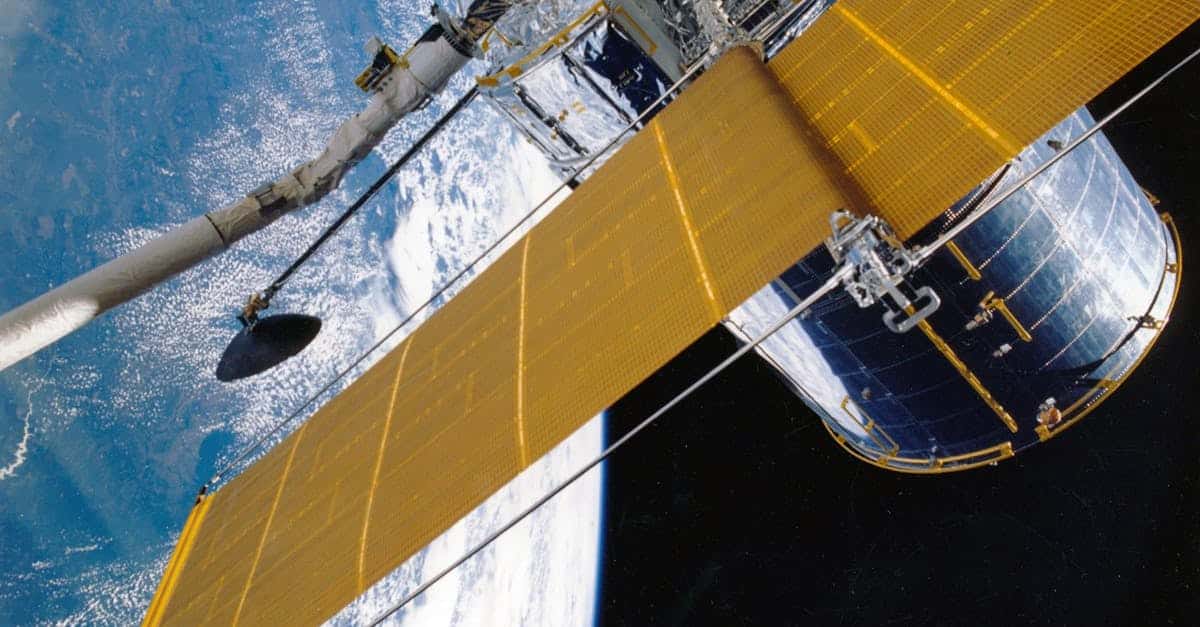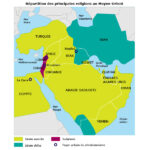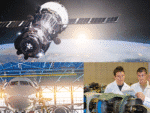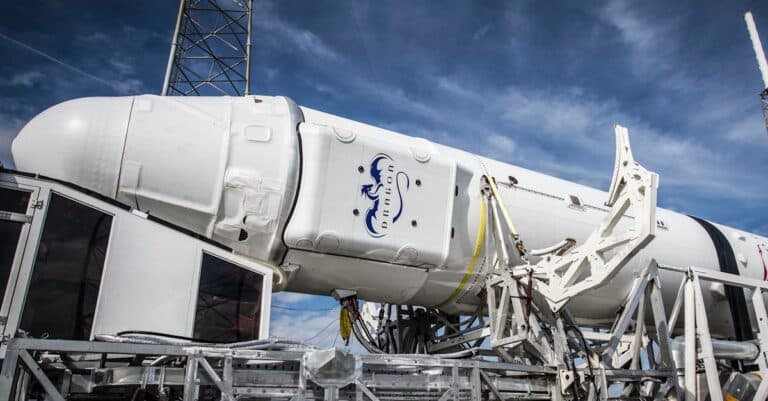Satellite communication systems represent a major technological advancement, allowing for rapid and efficient information exchange over vast distances. They rely on a complex architecture comprising satellites in orbit, ground stations, and connected receivers. This process begins with the emission of radio signals from a ground station, which are then captured and amplified by a satellite, before being retransmitted to other stations on Earth. The various types of orbits, such as geostationary orbit or low Earth orbit, also play a critical role in the efficiency of these systems, enhancing the coverage and quality of communications.
Table des matières
ToggleOperation of a Satellite Communication System
A satellite communication system is designed to transmit and receive signals over vast distances using satellites in low Earth orbit. This system consists of several key elements, including telecommunication satellites, ground stations, and receivers. Each component plays an essential role in the effective transmission of data.
Telecommunication satellites are artificial artifacts placed in orbit. They primarily function as relays, capturing signals emitted by ground stations and sending them back to other stations or directly to users on Earth. Depending on the type of service provided, these satellites can be placed in geostationary orbit, where they synchronize their movement with that of the Earth, or in low Earth orbit, allowing for lower latency and broader coverage.
When a signal is emitted, it originates from a ground station, often equipped with a large parabolic antenna. This antenna captures the signal and sends it to the satellite through a process of emitting and receiving radio signals. The satellite receives the signal via a transponder, which is the device responsible for amplifying and retransmitting the signal. This operation allows for communication between transmitters and receivers located at considerable distances.
The transmission process may seem simple, but it is influenced by several factors. For example, the curvature of the Earth and the atmospheric environment can affect the signal quality. To minimize losses and ensure clear transmission, systems are designed to operate at specific frequencies, often in the microwave band, which are less susceptible to attenuation.
The satellite communication system is essential for many services, including satellite internet, television, and military communications. Companies like SpaceX and Astranis are innovating in this field, launching constellations of small satellites to provide improved connectivity to users worldwide. These satellites can solve connectivity issues in rural or remote areas where terrestrial infrastructure is not accessible.
The number of satellites in orbit continues to increase, allowing for the creation of interconnected constellations of satellites. These constellations work together to ensure global coverage and maintain connectivity, even in administratively isolated areas. Collaboration between companies and governments, as exemplified by Japan and Poland joining the U.S. military satellite network, also reinforces the strategic importance of satellite communication systems.
Each component of the satellite communication system plays a crucial role in creating effective communication channels. Technological advancements in this field continue to transform how information is exchanged on a global scale. For example, new developments in air threat detection and space program management are underway to improve the security and efficiency of modern communications, as suggested by the article on training to become an expert in space program management.
In conclusion, satellite communication systems are vitally important in the modern world, connecting millions of people and systems across the globe. The effectiveness of these systems relies on a harmonious operation between satellites, ground stations, and receiver equipment, enabling smooth and reliable data transmission.

























